Do your Solar Shopping Today
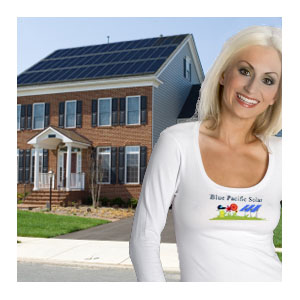
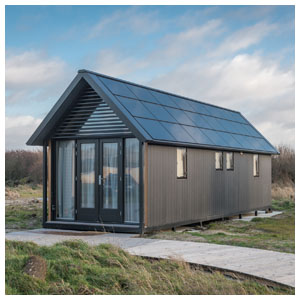
Off-Grid Systems
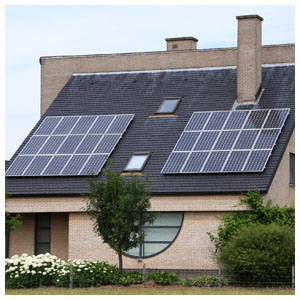
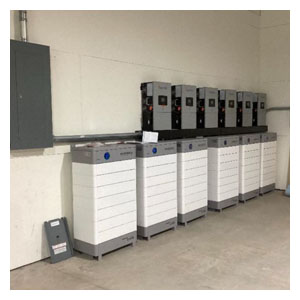
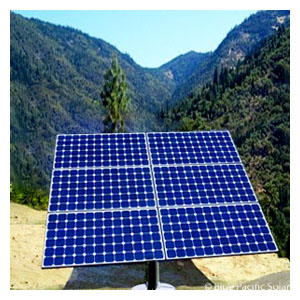
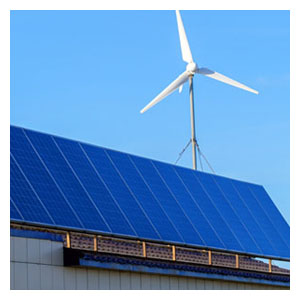






Solar power systems with battery storage: These systems use solar panels to generate electricity, which is then stored in batteries for use during outages. Solar power systems are clean and quiet, but they can be expensive to install and may not be practical in all climates. Image of Solar power systems with battery storage home
Battery backup systems: These systems store electricity from the grid or from renewable sources like solar panels in batteries, which can then be used to power your home during an outage. Battery backup systems are relatively quiet, clean, and easy to install, but they can be expensive and may not provide enough power for your entire home. Image of Battery backup systems home
Generator backup systems: Generators use an internal combustion engine to generate electricity. They can provide enough power to run your entire home, but they are noisy, emit pollutants, and require regular maintenance. Generator backup systems home
Hey, do you want to be prepared for any power outage that might happen?
If so, you should consider getting an emergency solar power system for your home. This is a great way to harness the sun's energy and turn it into electricity that you can use for your essential devices and appliances. You don't have to worry about running out of gas or dealing with noisy generators. All you need is a solar panel, a battery, and an inverter to make your own backup power station. Here's how it works:
The solar panel collects sunlight and converts it into direct current (DC) electricity. The battery stores the electricity for later use. The inverter changes the DC electricity into alternating current (AC) electricity that you can use for your home. You can connect your solar power system to your main electrical panel or use it as a standalone unit. Either way, you'll have a reliable source of power that can keep you going until the grid comes back online. Isn't that awesome?
The hum of the refrigerator fades, lights flicker and die, plunging your world into darkness. A power outage, inconvenient at best, can become a critical situation when medical equipment relies on electricity or communication is vital. In these moments, having a backup plan means the difference between weathering the storm and facing real hardship.
This is where emergency solar battery systems shine. Harnessing the sun's power, they provide a clean, reliable source of electricity when the grid fails. And when it comes to crafting these life-saving systems, Blue Pacific Solar stands out as a trusted vendor, offering a diverse range of solutions and expert guidance.
Blue Pacific Solar boasts over two decades of experience in the solar industry, specializing in both on-grid and off-grid systems. Their emergency backup solutions cater to various needs, from powering essential appliances in a residential setting to ensuring critical equipment operation in commercial or medical facilities.
Our comprehensive approach starts with a thorough assessment of your power requirements. Blue Pacific Solar's team of qualified reps will analyze your typical energy consumption, identify essential appliances, and factor in potential outage durations. This data forms the basis for designing a customized system that seamlessly integrates with your existing electrical infrastructure.
Solar Panels: The heart of the system, these panels efficiently convert sunlight into electricity. Blue Pacific Solar offers a variety of high-quality, durable panels from reputable brands, ensuring optimal energy capture even in less-than-ideal weather conditions. Charge Controller: This vital component regulates the flow of electricity from the panels to the batteries, preventing overcharging and damage. Blue Pacific Solar uses MPPT (Maximum Power Point Tracking) charge controllers, maximizing energy harvest from your panels.
Batteries: The energy storage units, keeping your appliances running during outages. Blue Pacific Solar offers a variety of battery options, including AGM, gel, and lithium-ion, each with its own advantages in terms of lifespan, capacity, and discharge rate.
Inverter: Converts the stored DC battery power into usable AC electricity for your appliances. Blue Pacific Solar provides inverters with varying wattages and surge capacities to match your specific needs.
Monitoring System: Keep track of your system's performance and energy usage in real-time with brand name monitoring solutions. This allows you to optimize energy production and consumption, ensuring your emergency backup is always ready when needed.
Blue Pacific Solar understands that peace of mind is paramount when it comes to emergency preparedness. That's why they go beyond simply providing equipment. Their value-added services include:
System Design and Engineering: Their team of experts will design a system that seamlessly integrates with your existing electrical system and meets all safety and building codes.
Installation and Commissioning: Blue Pacific Solar's technicians will guide you threw the process, ensuring your system is set up correctly and operating at peak efficiency.
Maintenance and Support: Regular maintenance is crucial for optimal system performance. Blue Pacific Solar offers comprehensive maintenance plans to keep your emergency backup system in top shape.
Investing in Your Future: The Benefits of Blue Pacific Solar Emergency Systems
The advantages of owning a Blue Pacific Solar emergency designed system extend far beyond weathering power outages. These systems offer a multitude of benefits:
Increased Resilience: Be prepared for any eventuality, from unexpected blackouts to natural disasters. With a solar backup system, you'll have the power you need to stay safe and comfortable.
Reduced Energy Costs: Blue Pacific Solar systems can help you offset your dependence on the grid, potentially lowering your electricity bills in the long run.
Environmental Sustainability: Generate clean, renewable energy, reducing your carbon footprint and contributing to a greener planet.
Enhanced Property Value: Homes with solar backup systems are often more attractive to potential buyers, increasing your property value.
With its proven track record, diverse product offerings, and commitment to customer satisfaction, Blue Pacific Solar stands out as a reliable and trustworthy vendor for your emergency solar battery system. We focus on customized solutions, expert guidance, and comprehensive support ensures you get the perfect system for your specific needs and budget.
Solar energy is a renewable and sustainable alternative to fossil fuels that can provide many benefits for homeowners and the environment. Solar energy is captured by solar panels and converted into electricity that can power homes or businesses. Some of the features and benefits of solar energy are: - Lower electric bills: Solar panels can reduce or eliminate your dependence on grid electricity and save you money on your energy costs. - Lower carbon footprint: Solar panels do not emit greenhouse gases or deplete natural resources, unlike fossil fuels. By going solar, you can reduce your impact on climate change and air pollution. - Higher home value: Solar panels can increase the value of your home by making it more attractive to potential buyers who want to save on energy bills and support clean energy. - Water conservation: Solar panels do not require water to generate electricity, unlike some conventional power plants that use water for cooling or steam. By going solar, you can conserve water and protect water resources. - Net metering: Solar panels can generate more electricity than you need during the day, and you can sell the excess power back to the grid for credits or cash. This way, you can offset your electricity usage at night or during cloudy days and lower your electric bills even more.